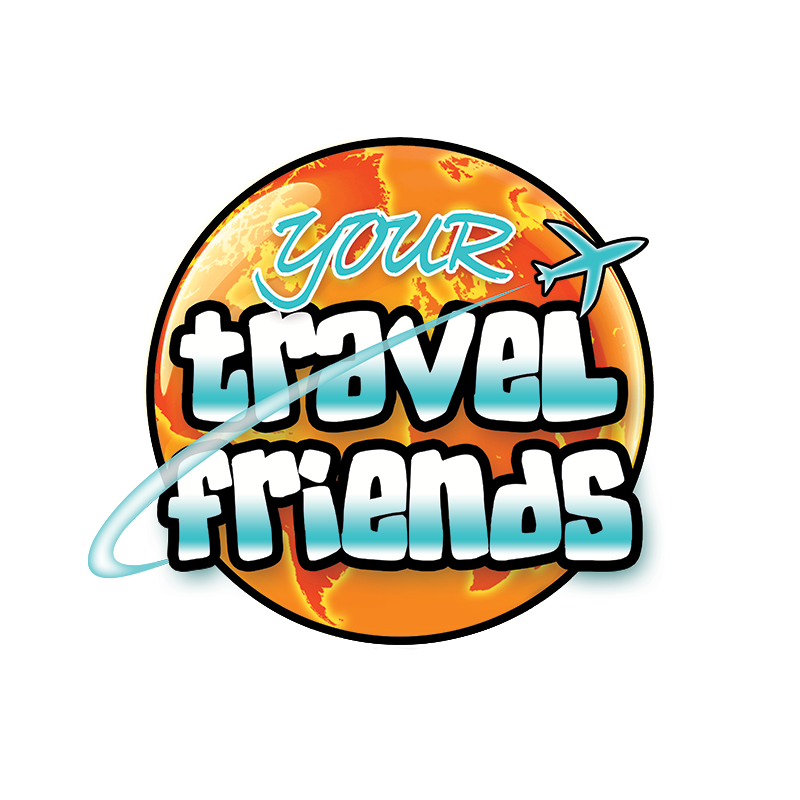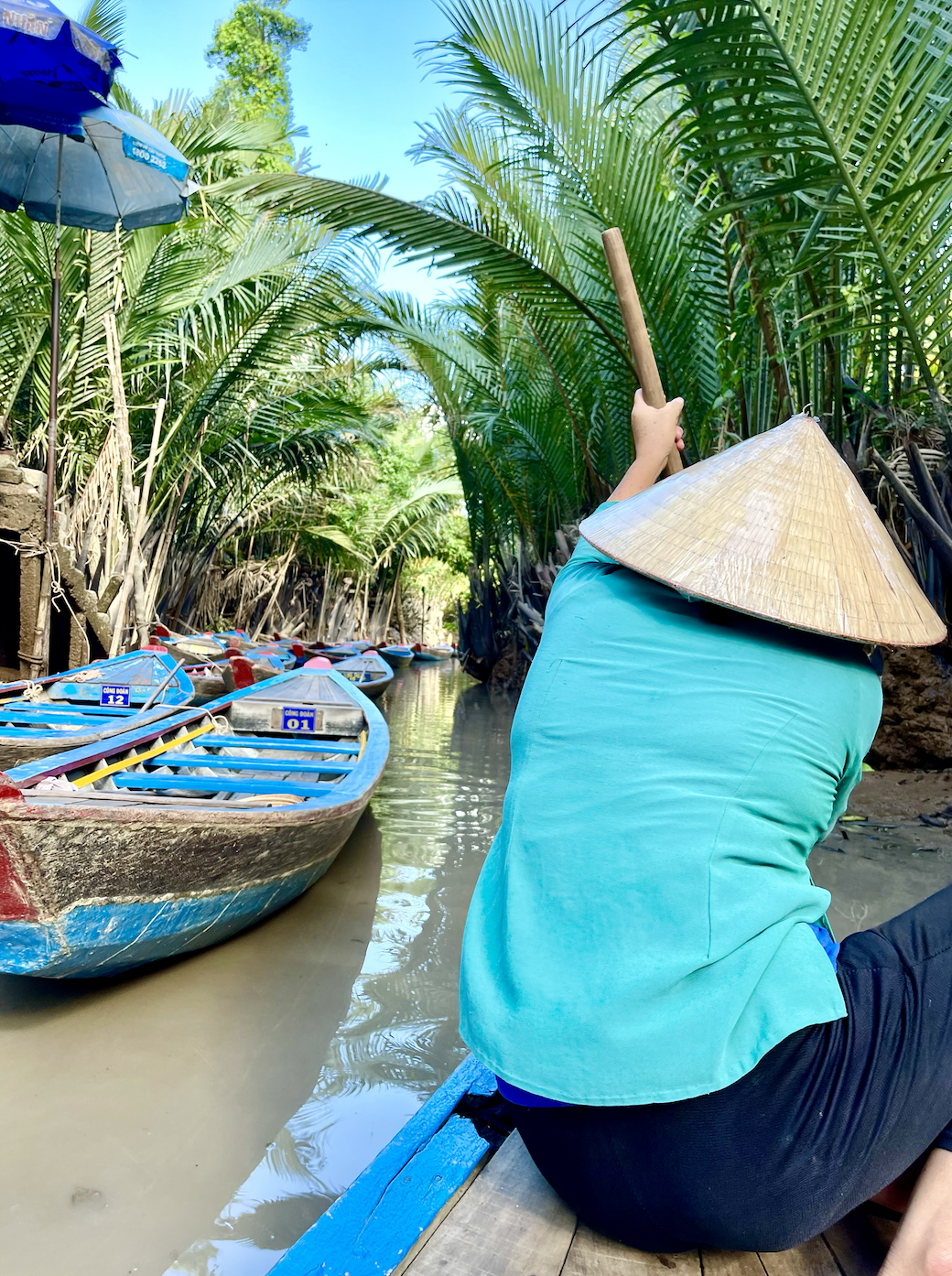
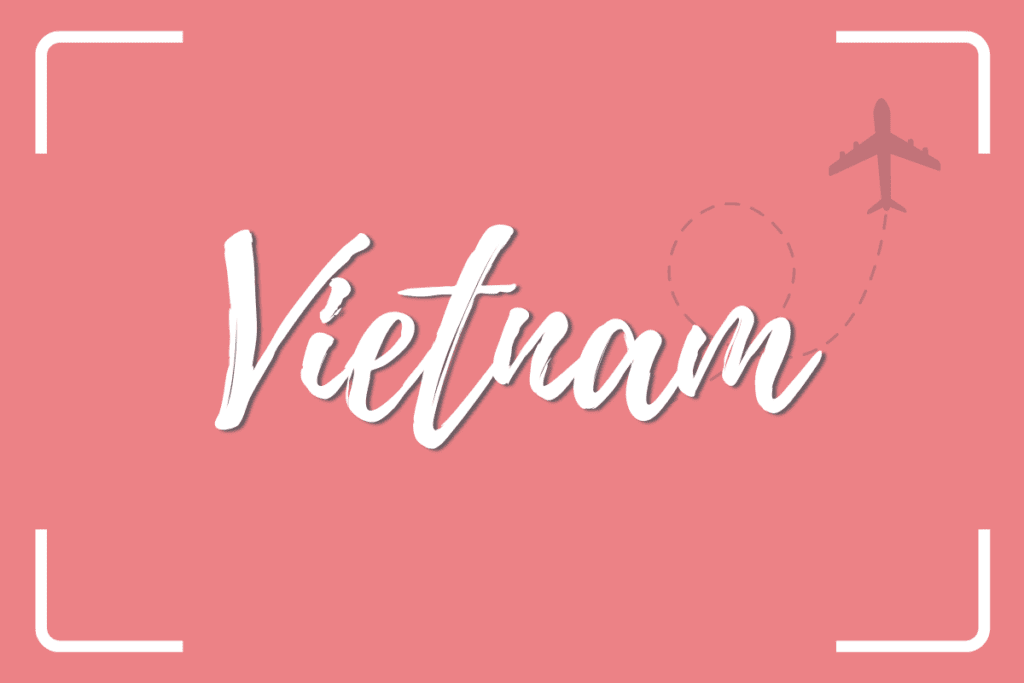
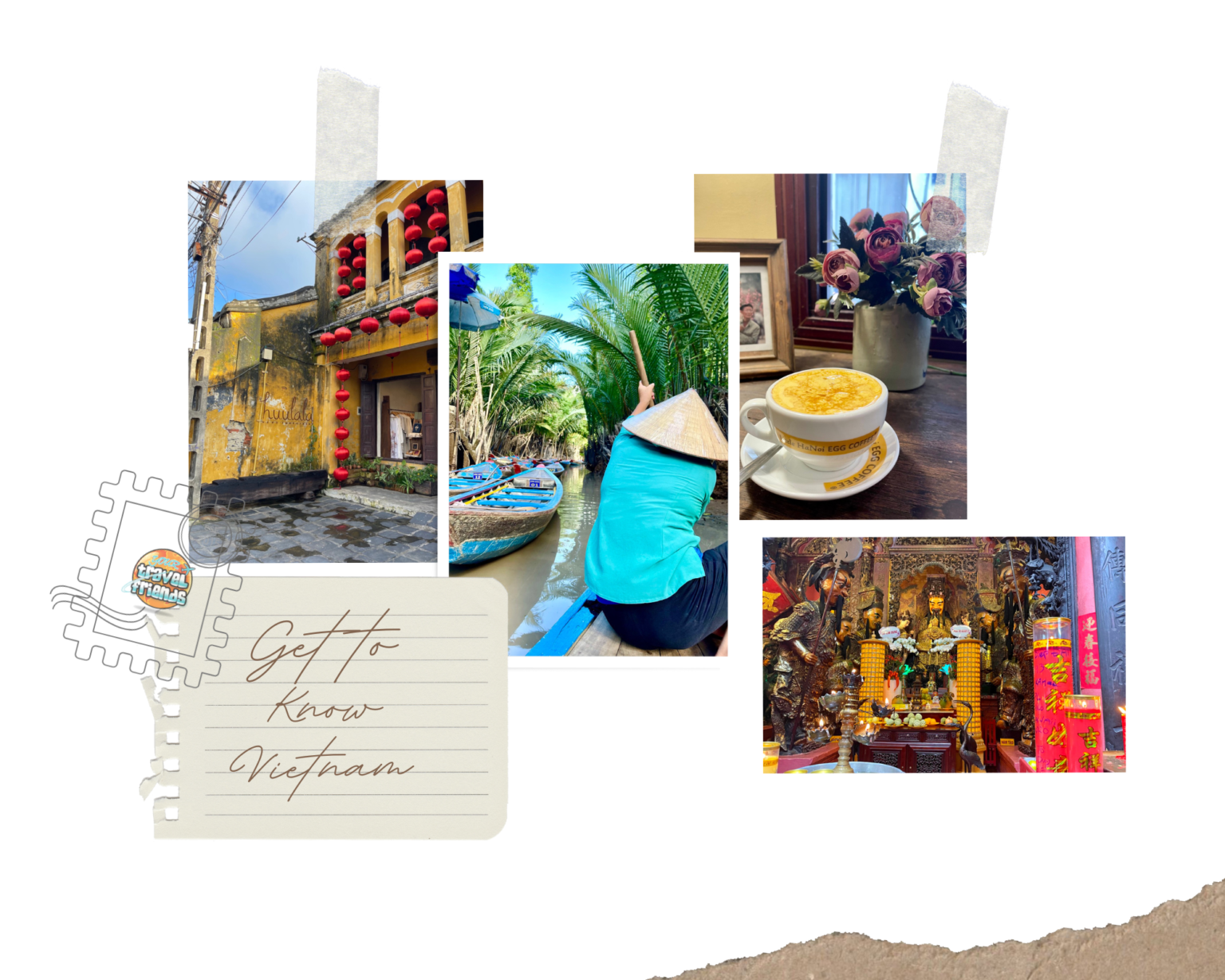
Located in Southeast Asia, Vietnam is a long and narrow country that stretches over 1,600 kilometers (approximately 994 miles) from north to south. It borders China to the north, Laos to the northwest, Cambodia to the southwest, and the South China Sea to the east. The country’s geography is diverse and ranges from the jagged peaks of the northern mountains to the fertile plains of the Red River Delta and the Mekong Delta in the south. Vietnam’s history is as diverse and fascinating as its geography. The country has been inhabited for thousands of years and has been ruled by various empires, including the Chinese, Khmer, and French. Vietnam underwent significant changes following its declaration of independence in 1945, including the notorious Vietnam War, which lasted until 1975. The country has since undergone a complex process of rebuilding and development, navigating through various political and social challenges while retaining its unique cultural identity.
Vietnam is widely regarded as one of the most captivating countries in Southeast Asia, owing to its rich cultural heritage, breathtaking natural beauty, delectable cuisine, and warm hospitality of its locals. It is a fascinating blend of ancient traditions and modern developments. A land of contrasts, where ancient temples and pagodas coexist with modern skyscrapers, and traditional street vendors intermingle with trendy cafes and boutique shops.
Vietnam’s big cities, like Hanoi and Ho Chi Minh City, can be overwhelming and chaotic, especially for first-time visitors. The bustling streets, motorbikes, and crowds of people can be a sensory overload for some. However, there are plenty of opportunities to escape the chaos and immerse yourself in nature. From the tranquil rice paddies of Sapa to the stunning beaches of Nha Trang and the breathtaking landscapes of Halong Bay, Vietnam is home to some of the world’s most awe-inspiring natural wonders.
The country’s cuisine is also a major draw for visitors from around the world. Its food is a perfect blend of flavors from China, France, and other Southeast Asian countries. Some of the most popular dishes include Pho, a spicy and aromatic noodle soup, and Banh Mi, a crispy and delicious sandwich. Additionally, Vietnam is famous for its coffee culture, with a bustling cafe scene in major cities like Hanoi and Ho Chi Minh. Don’t leave without trying their renowned egg coffee! 🙂
With a variety of experiences to offer, Vietnam caters to every traveler’s interests. So, pack your bags and prepare to embark on an unforgettable adventure in this incredible country.
Vietnam’s climate varies significantly from north to south, and the distinctive geography of the country gives rise to diverse weather patterns, encompassing both tropical and temperate zones. In the northern regions, the weather experiences distinct seasons, characterized by hot, humid, and rainy summers followed by cold and dry winters. Meanwhile, the southern part maintains a consistently hot climate year-round, marked by drier conditions from November to April and wetter periods from May to October. While March to May offers the best weather countrywide, there is always some part of the country you can explore, no matter the time of the year.
Want to find out how the weather is in some of the most visited places in Vietnam? CLICK HERE.
On August 15, 2023, Vietnam started granting e-visas for citizens of all countries and territories with a 90-day stay duration and valid for multiple entries. The cost is $25 for a single-entry electronic visa and $50 for a multiple-entry electronic visa.
📝 You can apply on the official website. (Please be careful of scam websites – this is the only website to apply for your e-visa).
ℹ️ For additional info about visa requirements for Vietnam, click here.
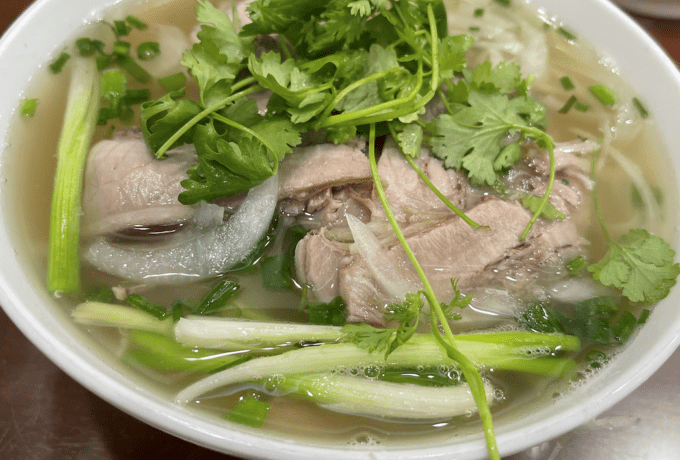
Often considered the unofficial national dish of Vietnam, Pho is a soup consisting of broth, rice noodles, and typically meat, usually beef or chicken.
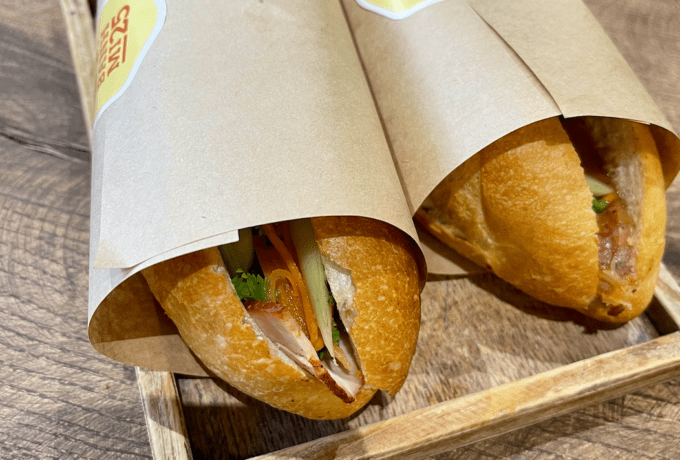
Banh Mi is a sandwich that typically consists of a French baguette, which reflects Vietnam’s colonial history, filled with various ingredients such as savory meats, pâté, etc.
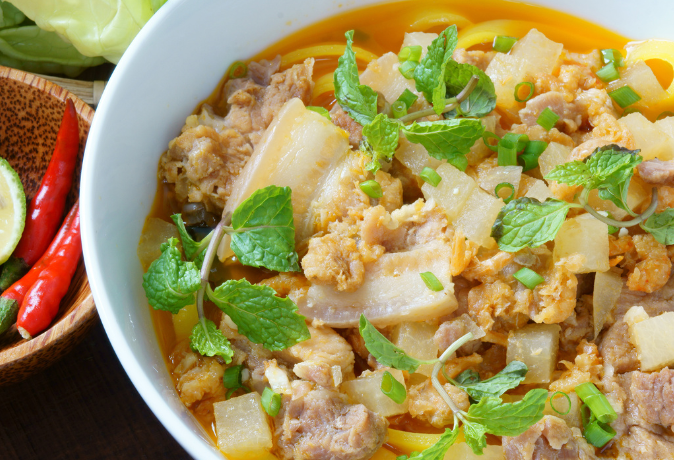
Mi Quang is noodle dish from Quang Nam Province, features yellow turmeric-flavored rice noodles in a rich broth with pork or chicken, and a variety of toppings.
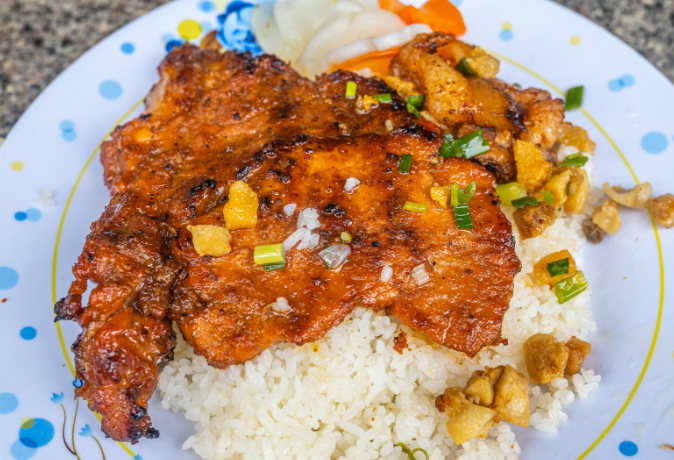
Com Tam is a dish known as broken rice. It is often served with grilled pork, shredded pork skin, a fried egg, and a side of pickled vegetables.
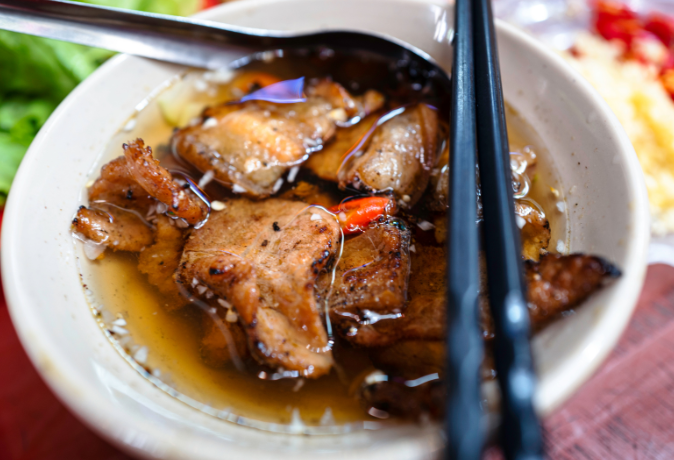
Bun Cha is a features grilled pork patties and pork belly served with vermicelli noodles, fresh herbs, and a savory dipping sauce.
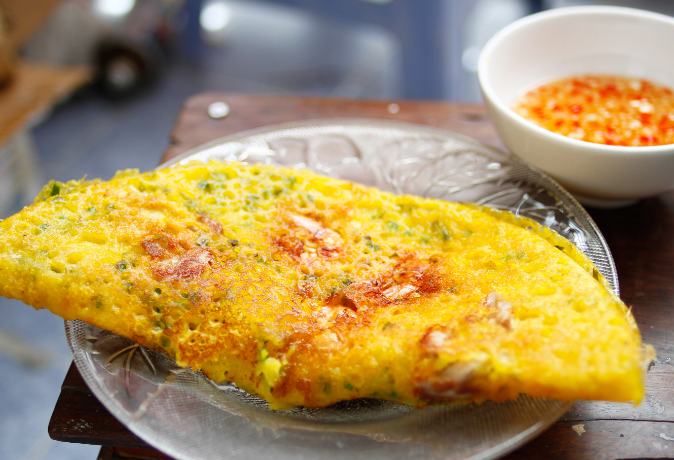
Banh Khoai is a savory pancake made with rice flour, turmeric, and coconut milk, filled with shrimp, pork, and bean sprouts.
These are some of our favorite hotels in Vietnam we got the chance to experience while traveling throughout the country.
Characterized by its elongated shape, Vietnam boasts substantial distances between its northern, central, and southern regions. Traveling by sleeper bus is an option, but these journeys are lengthy and while the scenery outside the window is often stunning, the overall comfort level may not be optimal. Within city limits, taxis offer a very affordable means of transportation. We strongly recommend utilizing the Grab app to conveniently book your rides.
Sleeper buses in Vietnam offer a unique and economical way to travel long distances, providing overnight journeys between major cities. These buses typically feature reclining seats that can convert into flat beds, allowing passengers to rest during the journey.
PROS:
• Cost-Effective: Sleeper buses are generally more affordable than other transportation options, making them a budget-friendly choice for travelers.
• Time-Efficient (when traveling overnight): Overnight travel allows you to make the most of your daytime hours, arriving at your destination in the morning and saving on accommodation costs for that night.
• Scenic Views: Daytime journeys offer passengers the opportunity to enjoy the scenic landscapes of Vietnam, enhancing the overall travel experience.
CONS:
• Comfort Variation: Sleeper bus conditions can vary, with some offering more comfortable amenities than others. It’s advisable to research and choose reputable bus companies for a more pleasant journey.
• Limited Space: The sleeping quarters on sleeper buses may be compact, and taller individuals might find them less comfortable.
• Potential for Motion Sickness: The winding roads of Vietnam may lead to motion sickness for some passengers, especially during nighttime travel.
Opting for air travel within Vietnam presents a swift and efficient means of transportation, particularly when covering substantial distances between major cities. Domestic flights in Vietnam connect key destinations, providing a time-saving advantage, crucial for travelers with limited schedules.
Opting for air travel within Vietnam presents a swift and efficient means of transportation, particularly when covering substantial distances between major cities. Domestic flights in Vietnam connect key destinations, providing a time-saving advantage, crucial for travelers with limited schedules.
Uber is no longer available in Vietnam. It ceased operations in the country in 2018 after being acquired by Grab, a Southeast Asian ride-hailing company. The Grab app in Vietnam serves as a versatile and convenient platform for various transportation needs. Users can easily book rides with local taxi services or motorbike drivers, ensuring a hassle-free and reliable way to navigate the bustling streets of Vietnamese cities. Additionally, Grab extends its services beyond transportation, offering options for food delivery, parcel delivery, and even mobile payments.
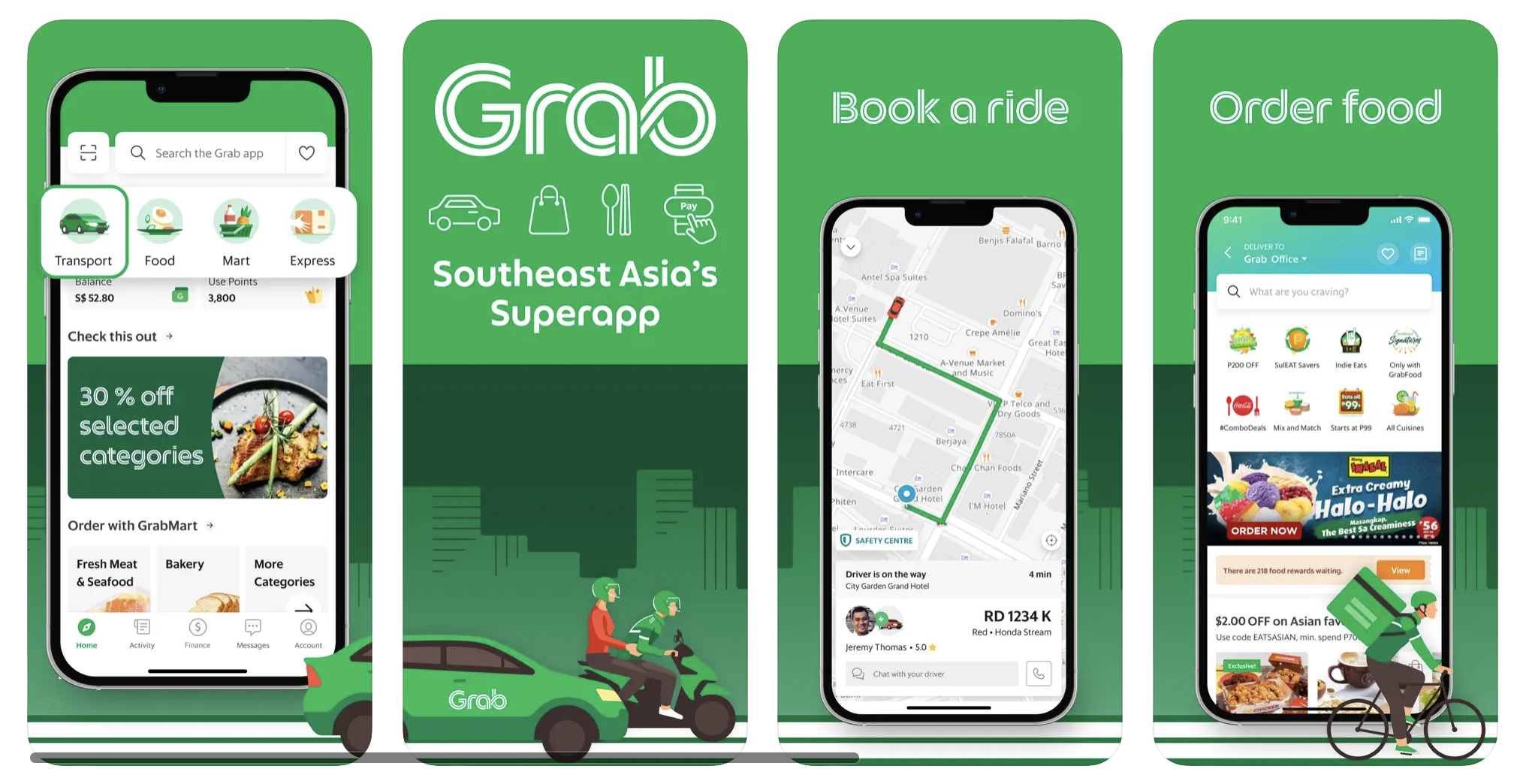
Remember to check the specific weather conditions during your travel dates and tailor your packing list accordingly.

Pack lightweight and breathable clothing, such as cotton fabrics, suitable for Vietnam's tropical climate. Consider modest attire, especially for visits to temples, and prioritize comfort in the warm weather.

Comfortable shoes for walking, as well as sandals for hot weather.

If you plan to visit coastal areas or to enjoy your hotel swimming pool.

Convenient for day trips and carrying essentials. Opting for an anti theft bag could be a great especially when walking around crowded areas and busy tourist spots.

A lightweight rain jacket or poncho, and and umbrella, especially during the rainy season.

Personal medications, a basic first aid kit, and blister bandages

Sunscreen, a hat, and sunglasses for sun protection. You can also use a UPF 50+ UV umbrella for additional protection.

A power adapter suitable for Vietnamese outlets to charge your electronic devices.

Especially for areas with a higher risk of mosquitoes.

Ensure you have adequate travel insurance coverage.

Passport, visa (if required), and printed copies of important documents.

Show deference to elders and those in positions of authority; use proper titles like "Mr.," "Mrs.," or "Ms." when addressing people.

When visiting religious sites or rural areas, wear modest clothing that covers shoulders and knees to show respect for local customs.

Remove shoes when entering someone's home or certain establishments, and be mindful of keeping feet pointed away from religious altars or offerings.

Greet with a slight bow and a friendly "Xin Chao" (Hello) or "Cam on" (Thank you). A handshake is common in more formal settings.

When presenting a gift, use both hands, and it's customary for the recipient to initially refuse as a sign of politeness before accepting.

Wait for the host to start the meal, and don't begin eating until others do. Use both hands when passing or receiving items and try a little of everything to show appreciation.

Wait for the host to start the meal, and don't begin eating until others do. Use both hands when passing or receiving items and try a little of everything to show appreciation.

Keep public displays of affection to a minimum, as they may be considered inappropriate in certain cultural contexts.

Ask for permission before taking photos of people, especially in rural areas. Be respectful of private spaces and religious practices.

Tipping is not traditionally common, but it's becoming more accepted in tourist areas. Check if a service charge is included in bills.

English may not be widely spoken, especially in rural areas, so learning a few basic Vietnamese phrases can go a long way in fostering positive interactions.

Bargaining is common in markets, but do so with a friendly and respectful attitude. It's part of the culture but be mindful not to push too hard.

